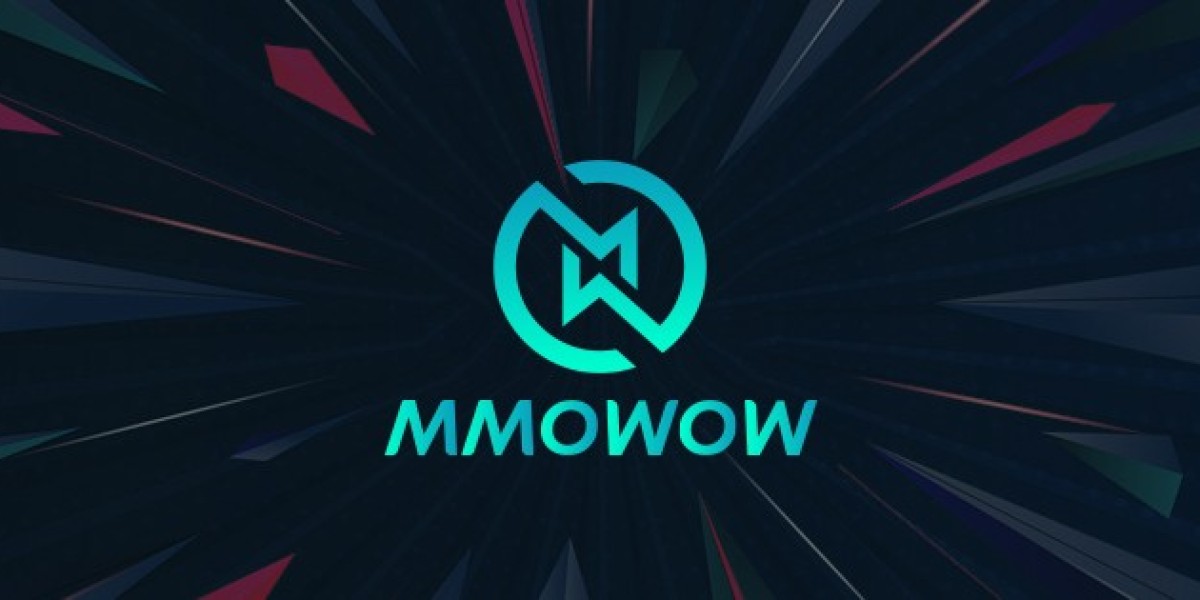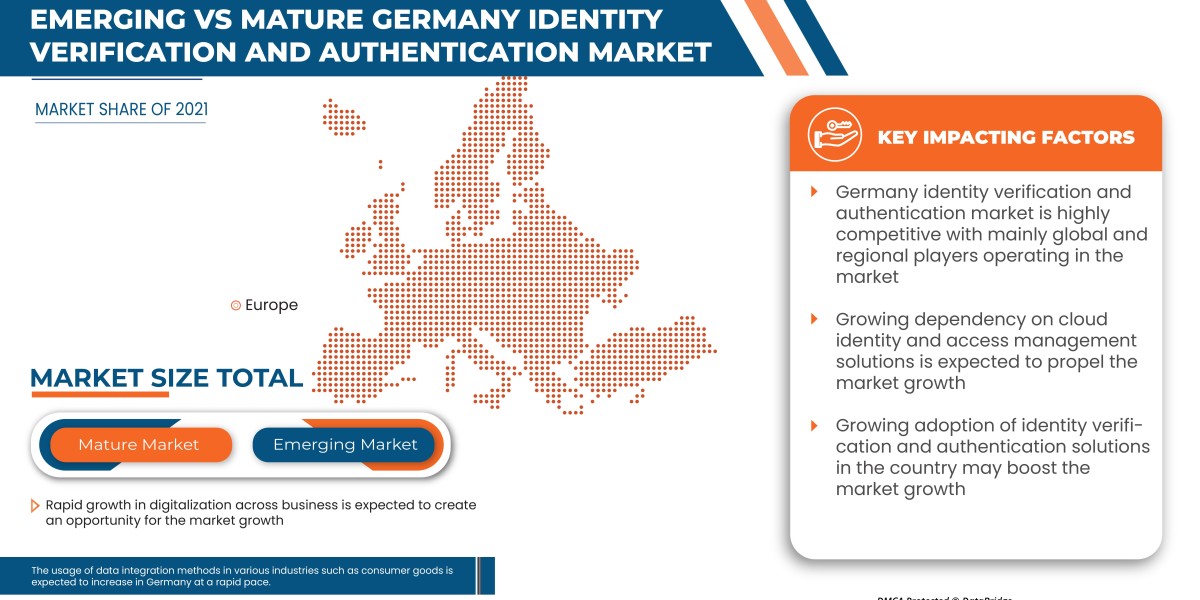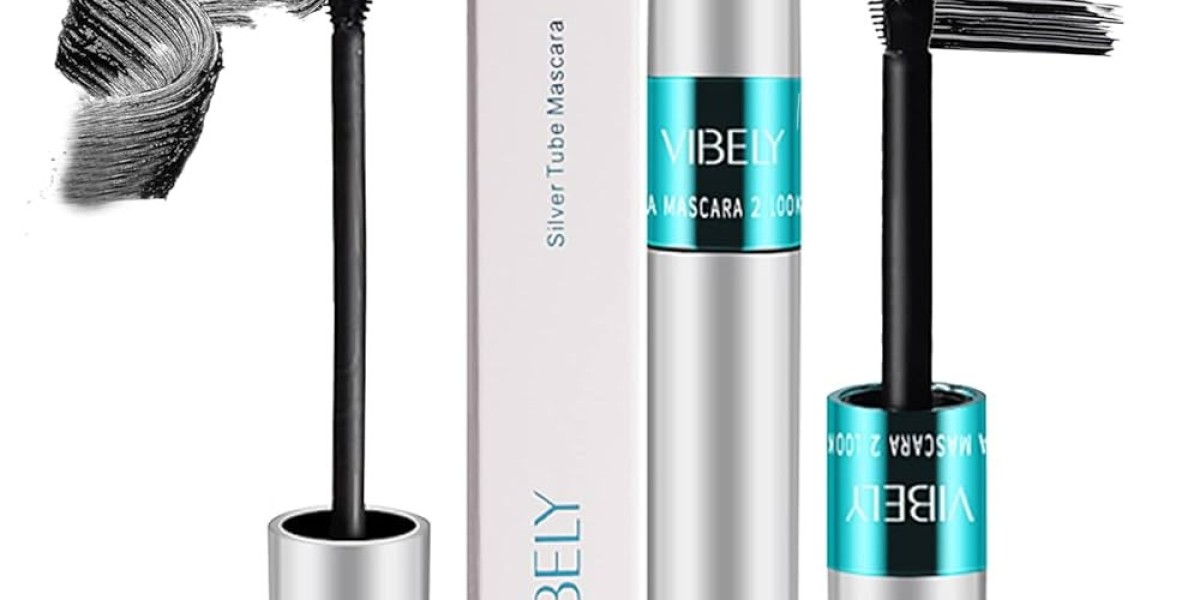In today’s digital world, mobile games are no longer just about entertainment—they’ve become social platforms, creative outlets, and status symbols, especially among teens. Two standout titles in this competitive landscape are Monopoly Go! and Roblox. Both games boast massive user bases and impressive engagement, but they cater to different playstyles and communities. So, how much do their audiences actually overlap? And more importantly—which game is more popular among teenagers?
1. Gameplay Comparison: Structured vs. Open-Ended
Monopoly Go! is based on the classic board game formula, adapted for quick, mobile-friendly sessions. It offers clear objectives: roll the dice, earn money, collect stickers, and complete events. This structured gameplay appeals to players who enjoy progress tracking and reward-driven loops.
Roblox, on the other hand, is a vast platform of user-generated content. It’s more than a game—it’s a toolbox for creativity. Teenagers can build their own games, play millions of user-created experiences, or simply hang out virtually with friends.
For teens who want creative freedom and sandbox-style exploration, Roblox holds a major edge. For those who prefer casual, event-driven progression, Monopoly Go! is an attractive alternative.
2. Social Interaction: Expression vs. Competition
Roblox dominates in social expression. Users can customize avatars, host virtual parties, and even earn real-world money by developing games. This makes it especially appealing to the 13–18 demographic, who crave identity exploration and peer interaction.
Monopoly Go! features lighter social components—like sending dice, raiding friends’ boards, or trading stickers—but lacks the deep, persistent social networks that Roblox users build. Still, its family-friendly tone and non-aggressive competition appeal to younger teens and tweens who may find open-world games overwhelming or unsafe.
3. Monetization Models: Who’s Spending?
While Roblox players (and their parents) spend heavily on avatar items and game passes, Monopoly Go! monetizes through dice packs, event passes, and collectible incentives. Interestingly, both games attract “whale” players—users who spend significantly more than average—but their spending motivations differ.
In Roblox, it’s often about self-expression and showing off status. In Monopoly Go!, spending revolves around accelerating progress and completing collections—a system that resonates with both competitive players and completionists.
4. Audience Overlap: A Growing Intersection
Though their gameplay differs, there’s a surprising overlap between Roblox and Monopoly Go! audiences. Many teens play both games—one for creative play and the other for casual downtime. Moreover, Monopoly Go!’s constant events, cute visuals, and instant rewards are gradually winning over Roblox users who seek quicker, more rewarding mobile play.
Data from app stores and gaming forums indicates that while Roblox remains the undisputed favorite among teens, Monopoly Go! is gaining traction with the 12–16 age group, especially those transitioning away from child-centric games but not yet ready for mature titles.
Conclusion: Different Strengths, Shared Screens
Roblox is still king when it comes to teen creativity and social gaming, but Monopoly Go! carves out a strong niche with its bite-sized, addictive gameplay and collectible-driven engagement. As the mobile market continues to evolve, more players are embracing both—using Roblox to create, and Monopoly Go! to unwind.
Ready to collect more landmarks and beat your friends in Monopoly Go!?
Visit mmowow gold now to get monopoly go dice cheap and roll your way to success!








